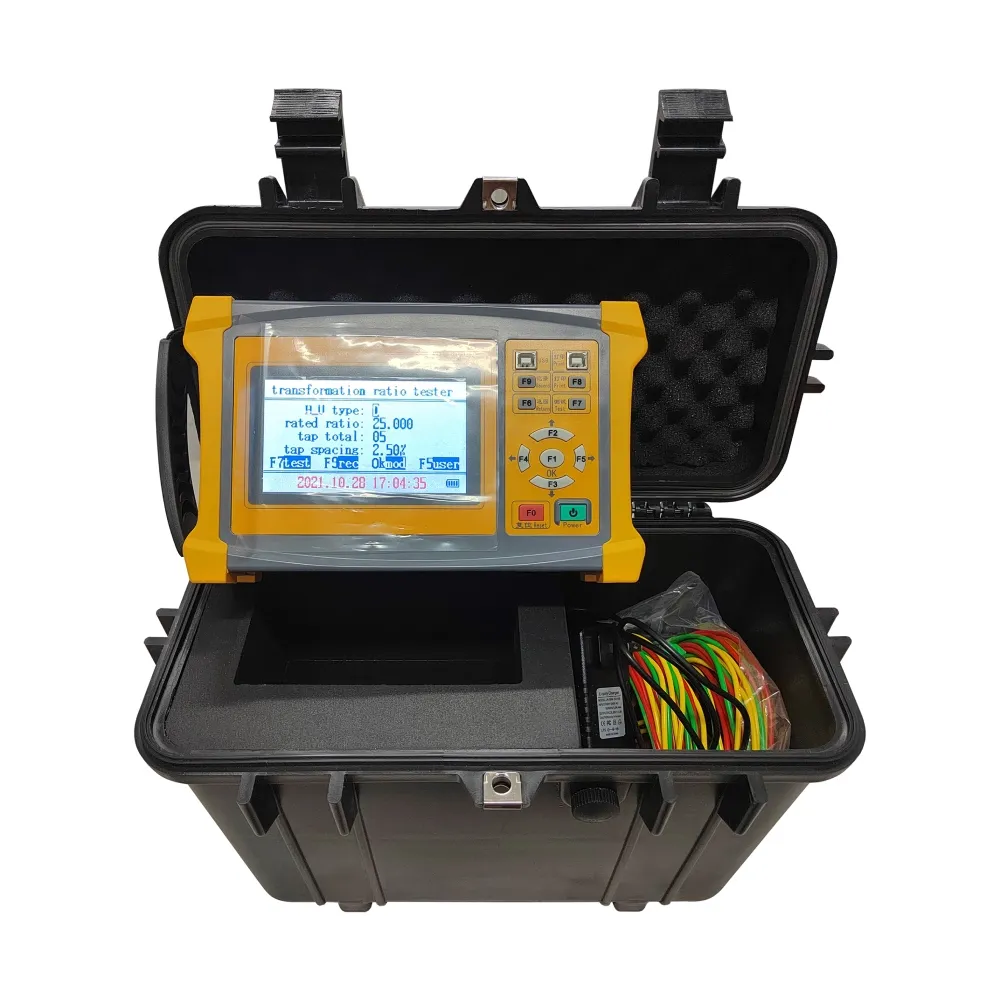 English
English



-
 Afrikaans
Afrikaans -
 Albanian
Albanian -
 Amharic
Amharic -
 Arabic
Arabic -
 Armenian
Armenian -
 Azerbaijani
Azerbaijani -
 Basque
Basque -
 Belarusian
Belarusian -
 Bengali
Bengali -
 Bosnian
Bosnian -
 Bulgarian
Bulgarian -
 Catalan
Catalan -
 Cebuano
Cebuano -
 China
China -
 China (Taiwan)
China (Taiwan) -
 Corsican
Corsican -
 Croatian
Croatian -
 Czech
Czech -
 Danish
Danish -
 Dutch
Dutch -
 English
English -
 Esperanto
Esperanto -
 Estonian
Estonian -
 Finnish
Finnish -
 French
French -
 Frisian
Frisian -
 Galician
Galician -
 Georgian
Georgian -
 German
German -
 Greek
Greek -
 Gujarati
Gujarati -
 Haitian Creole
Haitian Creole -
 hausa
hausa -
 hawaiian
hawaiian -
 Hebrew
Hebrew -
 Hindi
Hindi -
 Miao
Miao -
 Hungarian
Hungarian -
 Icelandic
Icelandic -
 igbo
igbo -
 Indonesian
Indonesian -
 irish
irish -
 Italian
Italian -
 Japanese
Japanese -
 Javanese
Javanese -
 Kannada
Kannada -
 kazakh
kazakh -
 Khmer
Khmer -
 Rwandese
Rwandese -
 Korean
Korean -
 Kurdish
Kurdish -
 Kyrgyz
Kyrgyz -
 Lao
Lao -
 Latin
Latin -
 Latvian
Latvian -
 Lithuanian
Lithuanian -
 Luxembourgish
Luxembourgish -
 Macedonian
Macedonian -
 Malgashi
Malgashi -
 Malay
Malay -
 Malayalam
Malayalam -
 Maltese
Maltese -
 Maori
Maori -
 Marathi
Marathi -
 Mongolian
Mongolian -
 Myanmar
Myanmar -
 Nepali
Nepali -
 Norwegian
Norwegian -
 Norwegian
Norwegian -
 Occitan
Occitan -
 Pashto
Pashto -
 Persian
Persian -
 Polish
Polish -
 Portuguese
Portuguese -
 Punjabi
Punjabi -
 Romanian
Romanian -
 Russian
Russian -
 Samoan
Samoan -
 Scottish Gaelic
Scottish Gaelic -
 Serbian
Serbian -
 Sesotho
Sesotho -
 Shona
Shona -
 Sindhi
Sindhi -
 Sinhala
Sinhala -
 Slovak
Slovak -
 Slovenian
Slovenian -
 Somali
Somali -
 Spanish
Spanish -
 Sundanese
Sundanese -
 Swahili
Swahili -
 Swedish
Swedish -
 Tagalog
Tagalog -
 Tajik
Tajik -
 Tamil
Tamil -
 Tatar
Tatar -
 Telugu
Telugu -
 Thai
Thai -
 Turkish
Turkish -
 Turkmen
Turkmen -
 Ukrainian
Ukrainian -
 Urdu
Urdu -
 Uighur
Uighur -
 Uzbek
Uzbek -
 Vietnamese
Vietnamese -
 Welsh
Welsh -
 Bantu
Bantu -
 Yiddish
Yiddish -
 Yoruba
Yoruba -
 Zulu
Zulu
digital insulation tester use
Understanding the Use of Digital Insulation Testers
In the realm of electrical testing and maintenance, ensuring the safety and efficiency of electrical systems is paramount. One of the most critical devices used for this purpose is the digital insulation tester. This specialized tool plays a vital role in assessing the integrity of electrical insulation in various applications. This article will delve into the importance of digital insulation testers, their functionalities, and how they are used in practice.
What is a Digital Insulation Tester?
A digital insulation tester, also commonly known as a megohmmeter or insulation resistance tester, is designed to measure the insulation resistance of electrical equipment, cables, and circuits. It typically applies a high DC voltage to the insulation and measures the resultant current, which is then used to calculate resistance in ohms. The tester is invaluable in identifying insulation breakdowns, which can lead to electrical failures or hazards.
Key Features and Functions
Modern digital insulation testers come equipped with numerous advanced features, making them user-friendly and efficient. Here are some key functions
1. High Measuring Range Digital insulation testers often provide a range of voltage settings (typically between 250V to 1000V), allowing users to perform tests on different types of insulation materials and voltages.
2. Digital Display Unlike traditional analog testers, digital models have easy-to-read LCD screens, which display measurement results clearly, often with additional features such as data hold and backlit options for enhanced visibility.
3. Memory and Data Logging Many digital insulation testers come with built-in memory storage that allows users to save measurements for future reference. This is especially helpful for documenting changes over time or comparing results after repairs.
4. Automatic Testing Modes Some advanced testers offer automatic testing modes, where users can set the tester to perform multiple tests sequentially, enhancing efficiency for ongoing maintenance tasks.
digital insulation tester use

How to Use a Digital Insulation Tester
Using a digital insulation tester involves several straightforward steps
1. Preparation Before testing, ensure that the equipment or circuit to be tested is de-energized. Disconnect it from any power sources to prevent electrical shock or damage to the tester.
2. Connecting the Tester Attach the test leads of the digital insulation tester to the terminals of the equipment or the conductors of the cable. Be sure to follow the manufacturer’s instructions for proper connections.
3. Setting the Voltage Choose an appropriate test voltage based on the equipment specifications and insulation material. As a general rule, the testing voltage is typically 1 kV for older equipment, and 500V is suitable for most modern installations.
4. Conducting the Test Activate the tester to start the insulation resistance test. The tester will apply the voltage and measure the resistance. Most digital models will automatically indicate the results on the display.
5. Interpreting Results A higher insulation resistance value generally indicates better insulation quality. Values below the acceptable threshold (often specified by industry standards) suggest potential issues that may require action or repair.
6. Documenting Results Save and document the measured values for inspections and record-keeping. This data can provide valuable insights during routine checks and maintenance schedules.
Conclusion
Digital insulation testers are indispensable tools in ensuring electrical safety and efficiency. They provide not only accurate measurements of insulation resistance but also enhance the safety and reliability of electrical systems. Regular testing with these devices can prevent costly breakdowns and potential hazards, making them essential for anyone working with electrical installations or maintenance. With their various features and ease of use, digital insulation testers stand as a critical ally in upholding electrical safety standards across industries.
-
Testing Equipment Industry Sees Major Advancements in 2025: Smart & Precision Technologies Lead the WayNewsJun.06,2025
-
Applications of Direct Current Generators in Renewable Energy SystemsNewsJun.05,2025
-
Hipot Tester Calibration and Accuracy GuidelinesNewsJun.05,2025
-
Digital Circuit Breaker Analyzer Features and BenefitsNewsJun.05,2025
-
Benefits of Real-Time Power Quality Monitoring Devices for Industrial EfficiencyNewsJun.05,2025
-
Earth Fault Loop Testing in High-Rise Building Electrical SystemsNewsJun.05,2025



